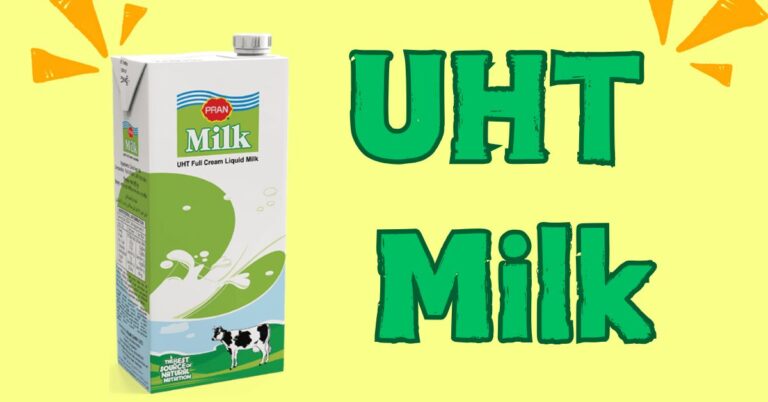Introduction
Ultra-high temperature (UHT) milk, also known as long-life milk, is a type of milk that has been processed at very high temperatures to extend its shelf life. This processing method allows UHT milk to be stored without refrigeration for extended periods, making it a convenient option for many consumers.
The UHT Process
UHT processing involves heating milk to temperatures between 135°C (275°F) and 150°C (302°F) for 2 to 5 seconds. This high-temperature treatment effectively kills all microorganisms, including bacteria and spores, that can cause spoilage and disease. After heating, the milk is immediately cooled and packaged in sterile, airtight containers to prevent contamination.
Benefits of UHT Milk
Extended Shelf Life: One of the primary benefits of UHT milk is its extended shelf life. Unopened UHT milk can last for six to nine months without refrigeration, making it ideal for storage and reducing the frequency of grocery shopping.
Convenience: UHT milk does not require refrigeration until it is opened, making it a convenient option for people who lack immediate access to refrigeration, such as during camping trips or in areas with limited refrigeration facilities.
Safety: The UHT process ensures that the milk is free from harmful microorganisms, making it safe to consume without the risk of foodborne illnesses. This makes UHT milk a reliable choice for regions where milk preservation and food safety are challenging.
Reduced Waste: The long shelf life of UHT milk helps in reducing food waste, as it does not spoil as quickly as regular pasteurized milk. This is particularly beneficial in situations where milk consumption might be sporadic.
Nutritional Value and Taste
UHT milk retains most of the nutritional value found in regular pasteurized milk, including essential vitamins and minerals like calcium, vitamin D, and protein. However, some consumers notice a slight difference in taste. The high-temperature treatment can cause a caramelization of the milk sugars, resulting in a slightly sweeter flavor and a different mouthfeel compared to fresh milk.
Applications of UHT Milk
Household Use: UHT milk is ideal for households that consume milk infrequently or have limited refrigeration space. Its long shelf life ensures that milk is always available without frequent trips to the store.
Food Service and Hospitality: UHT milk is widely used in the food service and hospitality industry due to its convenience and long shelf life. It is commonly found in hotels, airlines, and schools, where refrigeration space may be limited.
Emergency Supplies: UHT milk is an essential component of emergency food supplies and disaster relief efforts. Its long shelf life and lack of refrigeration requirements make it a reliable source of nutrition during emergencies.
Conclusion
UHT milk offers a practical and safe alternative to regular pasteurized milk, with its extended shelf life and convenience. While it may have a slightly different taste, the nutritional benefits remain largely intact, making it a valuable addition to households, food services, and emergency supplies. Understanding the benefits and applications of UHT milk can help consumers make informed choices that suit their needs and lifestyles.
